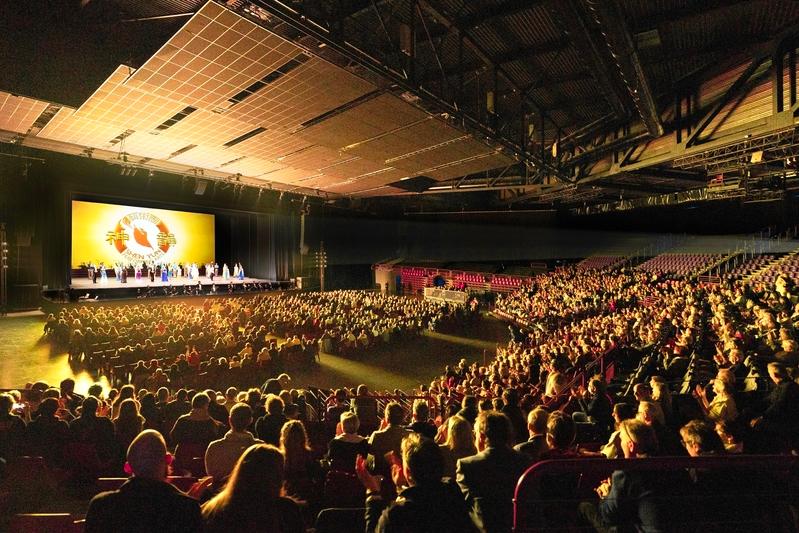MIDDLETOWN, N.Y.—At the beginning of each dance class, the students bow to their teachers. At the end of each class they do the same, capping off the session with respect to the tradition of the art form, to the piano accompanist, and to the teacher.
In ballet, this is called révérence, a longstanding tradition that may or may not be adhered to depending on the teacher. But what’s unique at Fei Tian College Middletown is that these dance students all take classical Chinese dance courses alongside their ballet studies, and they begin and end each of these classes this same way.





